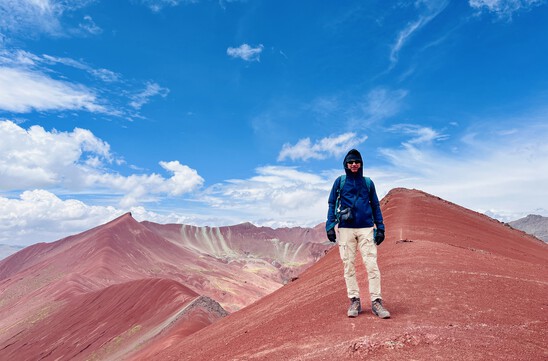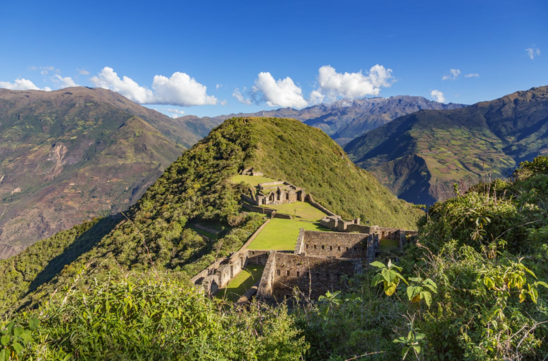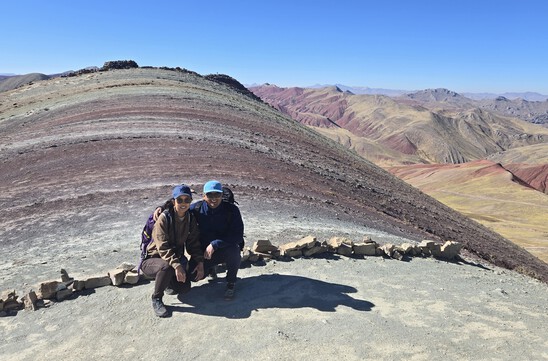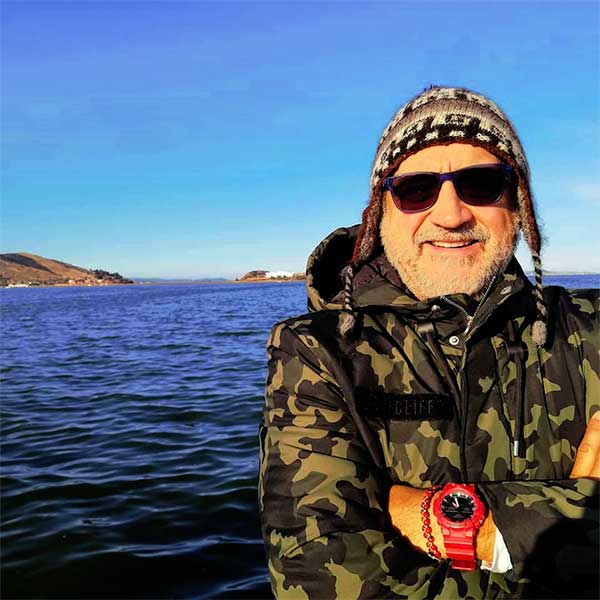
Viajando ando con Sergio Galliani
16 octubre, 2019
Best Western aperturará 5 hoteles en Perú
21 octubre, 2019
W
aqrapukara Or called pukara (from the Quechua waqra ‘horn’ and pukara ‘fortress’) can be defined as a horn-shaped fortress. It was declared a Cultural Heritage of the Nation by the Ministry of Culture in July 2017. This archaeological complex is located in the district of Acos, province of Acomayo and department of Cusco, near the Apurímac River at 4,300 meters above sea level. It was built by the Qanchi nation and later conquered by the Incas. The building would be an Inca sanctuary, with political, administrative and religious purposes. The building is located on platforms, plazas and a stone forest. Exploring the route to this wonderful attraction is a unique experience that you have to do. There are 2 options for the visit:
Full Day: Recommended for people in good physical condition, we leave the city very early on a bus ride for approximately 3 hours, then we begin the walk for a period of 2h30min until we reach the majestic complex. Upon arrival, we explore the monumental area, as well as the temples.
Overnight Hike: We leave the city of Cusco at 7:00 am on a bus ride for approximately 3 hours, then we begin the hike for a period of 3 hours until we reach the lunch point, and then continue the hike for 1 more hour and reach the majestic complex, this being the place where we will spend the night. The next day after breakfast we will explore the temples and the monumental area, and then continue with the hike for a period of 2 hours.
HISTORIA
The teacher Luis Pardo tells us about Tito Qosñipa, a character who went down in history with Waqrapukara. The Tahuantinsuyu had Wayna Qhapaq as its main ruler, who sent an order to increase the production of textiles or production of “Away” to the inhabitants of the Qanchi sector. The authorities, seeing that the order of productivity demanded by the Inka was unfair, tried to find a solution with him diplomatically; when their diplomacy was not effective, the Qanchi authorities decided to name Tito Qosñipa as regent of their armies, placing him as general of the southern armies. Tito Cosñipa used Waqrapukara as a watchtower, this place worked perfectly in favor of the Qanchi, helping them to resist the Inka armies. The days passed and the Inka army, seeing that the Qosñipa army was well established, decided to cut off the flow of water. The soldiers could not resist without the vital element and ended up surrendering, leaving their fate at the mercy of the army of the Inka Wayna Qapac. Tito Cosñipa feared the worst, but the Inca, when requesting his presence from the area he governed (Quito- Ecuador), made Tito Qosñipa one of the generals he supported in the wars of conquest in favor of the Tahuantisuyo.
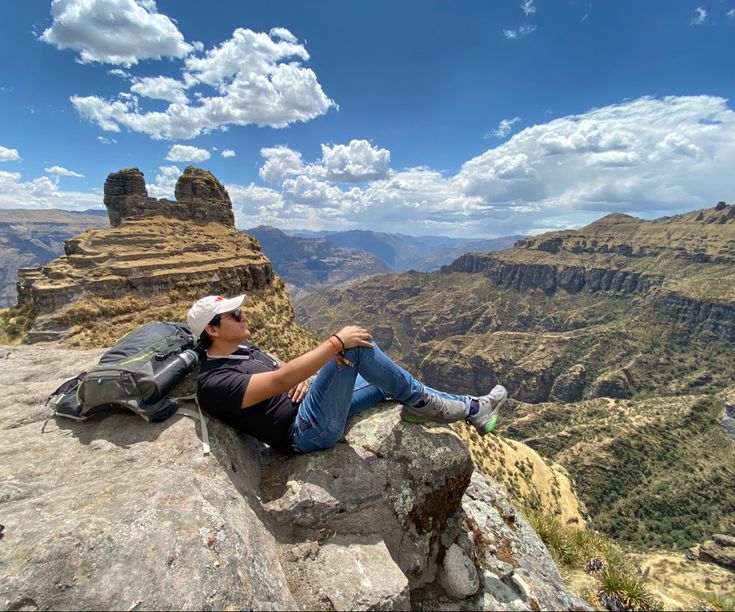
Para más información vísitanos: Waqrapukara


